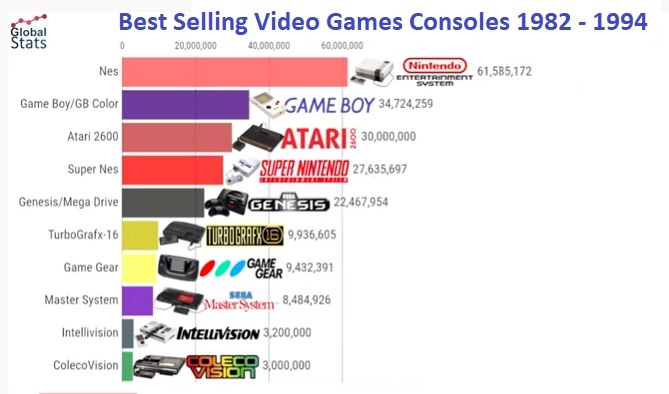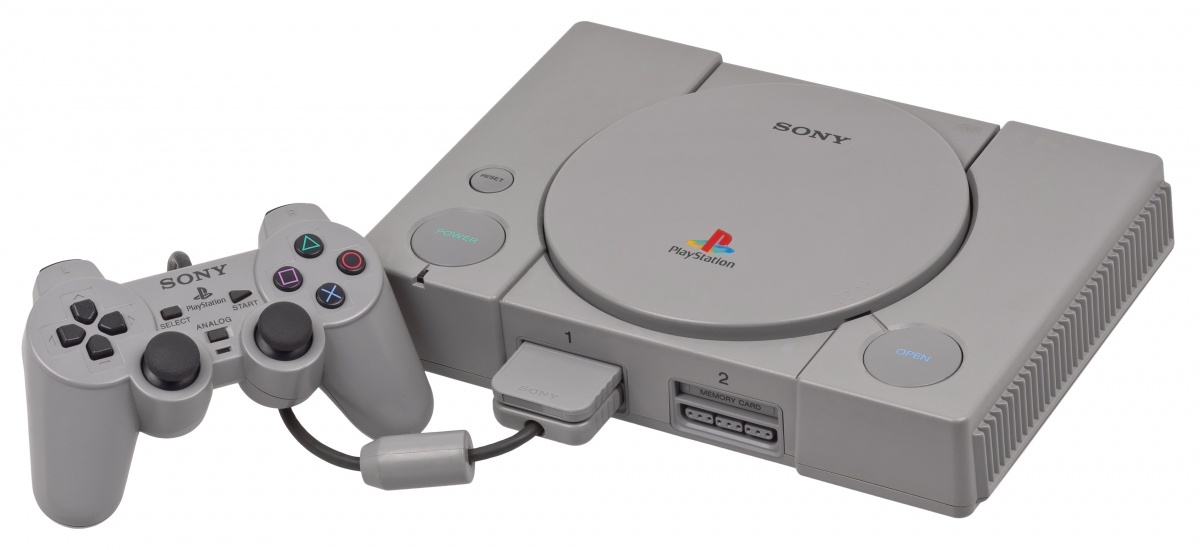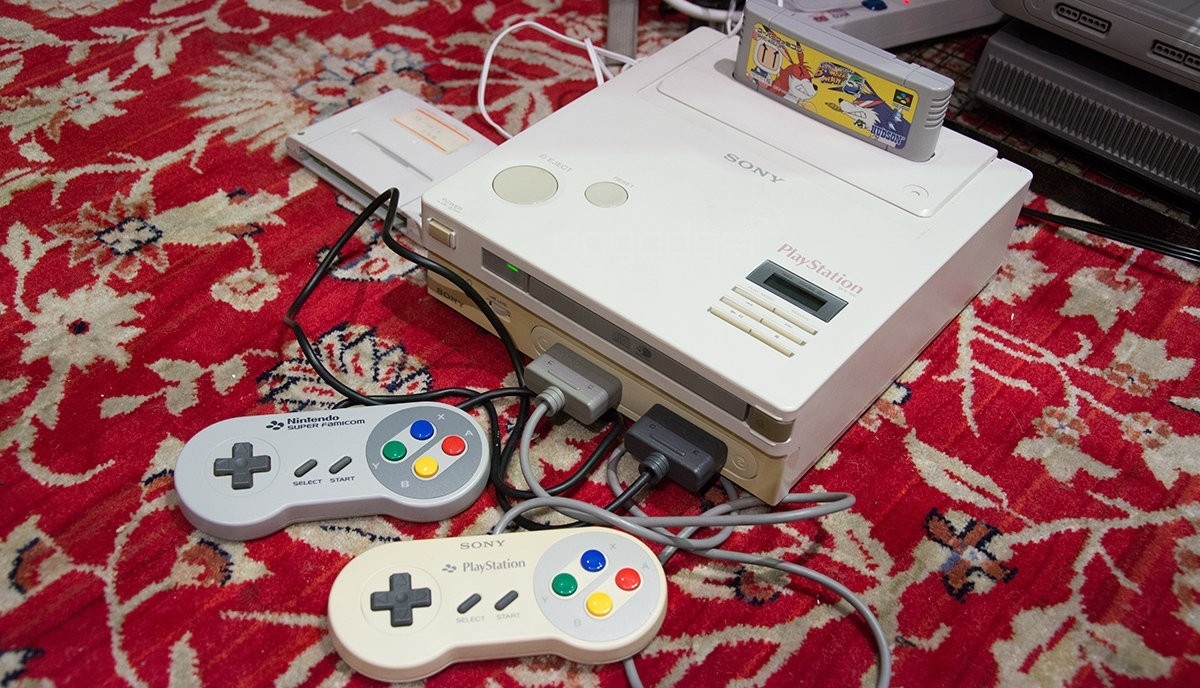
The worldwide gaming landscape radically shifted between 1980 to 2000, where a deluge of manufacturers slowly faded away, to create the oligopoly of the 21st century. In some respects, Sony arrived quite late to the party. Their first foray into the gaming scene was to team up with fellow Japanese giant, Nintendo, by designing the sound chip of the Super Nintendo (SNES). The limitations of the Ricoh developed sound chip found in the SNES' predecessor, the Nintendo Entertainment System (NES), bore some of the most well-known gaming soundtracks of all time such as the original Super Mario Bros. theme, and The Legend of Zelda's overworld theme. However, by the late '80s, this technology was beginning to wane, and the next generation of consoles was on the horizon.

Sony, or more importantly, Ken Kutaragi, developed the S-SMP sound chip for the SNES, vastly superior to the Yamaha sound chips being used in other gaming machines at the time, and a much needed upgrade to the 8 sound channels of the NES. The relationship that began with Sony's involvement on the SNES saw Nintendo willing to partner with Sony on more technological advances to their hardware, this time a CD-ROM based add-on to the SNES. The unveiling was set to take place at the 1991 Consumer Electronics Show, but an 11th hour amendment was made to Nintendo's showcase that would forever change the gaming landscape. Nintendo pulled out of the agreement, having realised that the contract would effectively hand a huge chunk of control over to Sony - no deal is better than a bad deal, right?
Unbeknownst to Sony, Nintendo partnered with the Dutch manufacturer, Philips, instead. Spurned by this episode with Nintendo, Sony approached other Japanese gaming developers including Nintendo's largest rival, SEGA. Fortunately, SEGA also turned down the proposition basing its decision on Sony's lack of experience in the sector, which at the time was true. After all, by the fifth generation of consoles a number of manufacturers had already dabbled in the industry, but all Sony had done was to develop a sound chip for the SNES. Undeterred, Ken Kutaragi powered on with his small team of developers to finish what they had started with the CD-ROM add on to the SNES, only this time it was a standalone product, capable of rendering full 3D polygons, which was inspired by the popularity of SEGA's arcade classic, Virtua Fighter. The irony that SEGA themselves were too scared to double down on 3D polygons with the SEGA Saturn, ultimately began the chain reaction that ended up seeing their own demise, and set PlayStation on a path to success.

The PlayStation launched in Japan on December 3rd 1994, a mere week or so after the SEGA Saturn. The months that followed actually went in favour of SEGA, due to the vastly superior brand recognition and the aforementioned Virtua Fighter being one of the flagship releases for the new system. Sony still enjoyed a modest success, especially when compared to other fledgling systems of the time. Throughout 1995, the SEGA Saturn remained to stay on top of Sony in Japan, but the race for the West was beginning to heat up. Both SEGA and Sony knew that the North American market was where the real coin could be made, and both made a ploy to storm the market. This time the stage was to be the E3 expo of 1995. SEGA took to the stage to infamously launch the Saturn there - four months earlier than previously announced, and also with Virtua Fighter packed in for a bargain price of $399 (USD), which was much cheaper than the Japanese equivalent.
With the benefit of hindsight, shadow-dropping the Saturn in the west was unrefutably the biggest mistake SEGA could make, since, not only did it alienate the developers working on titles, who now had to rush development, but also left key retailers and distributors in the US estranged and enraged. The rushed decision by SEGA meant the supply chain in the west was considerably restricted, leaving them to not be able to fulfil retail orders, nor giving them any time to promote the system. Sony capitalised on the decision made by SEGA as the company announced in its press conference that the PlayStation would launch for $299, albeit a bit later in the year. The PlayStation skewed to the older, mature, "adult" audience compared to the family friendly Nintendo option, and the edgy, "tude" tween market that SEGA had successfully catered to - there was definitely a gap in the market for them.
The PlayStation was heralded as a huge success in all territories, eventually blasting away the competition which included a number of SEGA related products such as the 32X, Mega CD and Saturn, as well as from Atari and Nintendo, who all struggled to get a foothold in the next generation of consoles. The PlayStation rocketed to success in the mainstream media, which many dubbed the children of the '90s as the PlayStation generation, drawing comparisons to the MTV generation a decade prior. The lexicon even changed in the main stream as the older generation generically dubbed games consoles as a PlayStation, where previously many out of touch members of the public would just call any games machine a Nintendo.
It wasn't just the marketing pizazz that won Sony the coveted first prize place in the fifth generation, but rather so the aggressive approach to shaking up the market place. Sony's entry into the gaming market also came with huge technological leaps and bounds which others failed to capitalise on or even jump on the bandwagon of. That is, the CD-ROM technology incorporated into the system itself, not only did this offer far superior sound quality, and worked as a standalone CD player, but offered a truly cheap format to mass produce games without the proprietary formats that Nintendo and SEGA enforced on their third party developers. Nintendo's monopolisation of the market allowed them to charge extraordinarily high premiums on getting officially licenced cartridges from them, which in itself was a security measure against piracy, but also to stopped the market being flooded by shovelware titles that caused the North American games crash of 1983.
Call it what you want, though, Nintendo's greed during this period had somewhat left an unsavoury taste in many developers' as well as publishers' palate. It didn't take much for Sony to court some of the biggest third-party software creators, such as Squaresoft, Namco, and Konami, to come and make games for them. In turn PlayStation had a number of sure-fire hits that were exclusive to the hardware, including Final Fantasy VII, Tekken 3, and Metal Gear Solid among a huge number of other titles such as Crash Bandicoot, Spyro the Dragon, Rayman, and Tomb Raider, which largely became associated with PlayStation, even if they didn't remain exclusive to the system. More importantly, SEGA also spurned another key company during this time period, Electronic Arts (otherwise known as EA), who had since gone on to become one of the biggest developers of all time, particularly for their sports franchises such as FIFA and Madden.

 Sign In
Sign In 16.12.2019
16.12.2019 
 Insanoflex
Insanoflex 
 Link to this post:
Link to this post:  Subscribe to this topic
Subscribe to this topic Features
Features





 Top
Top

